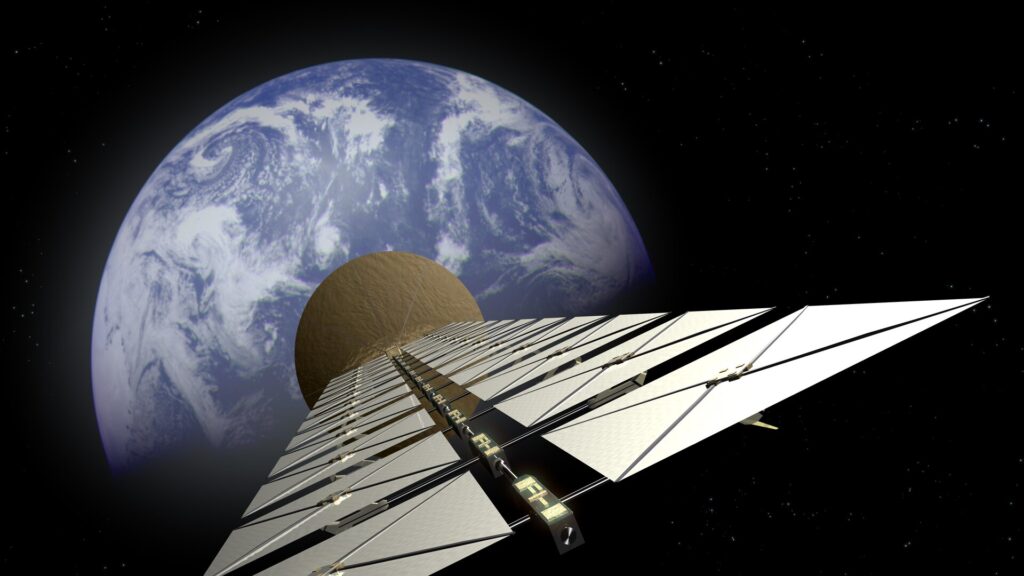PRAM is the prototype of a solar panel that is launched into orbit to produce electricity by exploiting the blue waves present in space
The new frontier of renewable energy “passes” through space. A team of scientists from the U.S. Department of Defense has tested a prototype solar panel really innovative. The project is called PRAM and it is a space module with photovoltaic radio frequency antenna. In other words, it is a solar panel that is sent into orbit and uses light in space to produce electricity to be sent back to Earth. The device is very effective because it can also capture blue waves. The latter “escape” the traditional solar panels because they are filtered and blocked by the Earth’s atmosphere. In this way, the space solar panel is able to produce more energy than that which reaches the surface of our planet. A great advantage, especially when you consider that the energy produced in space can be sent anywhere on Earth thanks to special receptor panels.
Read also → The Orbital Assembly will build the first luxury hotel in space
The Pentagon has launched a solar panel that sends energy from space
An early miniature prototype of the PRAM space solar panel was launched into orbit in May 2020 aboard an X-37B drone. Initial testing by Pentagon scientists was successful. The prototype was able to produce and send back to Earth about 10 watts of energy, roughly the amount of current needed to power a tablet. Obviously, this is only a small-scale test. The actual project involves the construction and putting into orbit a dozen space solar panels larger and more powerful than the one launched last year. According to scientists, this technology could be very useful to provide electricity in remote places of the planet or in areas affected by natural disasters (so when the traditional electricity supplies are out of use). The scientists’ next step will involve improving the transmission of energy on Earth through a technique known as “back beam control.”
You might also be interested in → “Stop space debris”: wooden satellites take off from Japan
